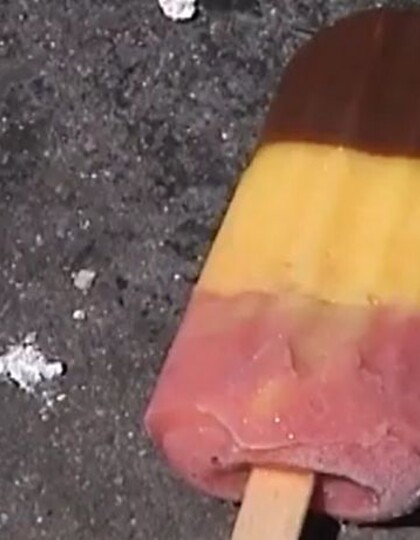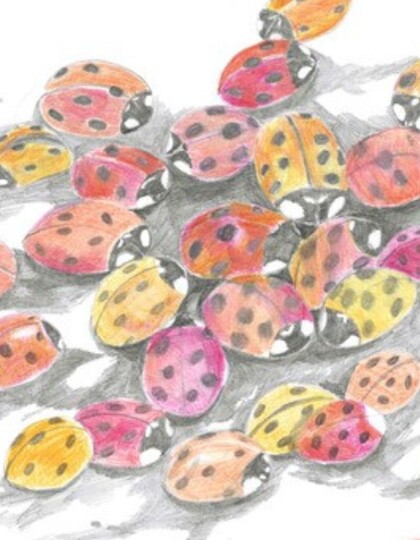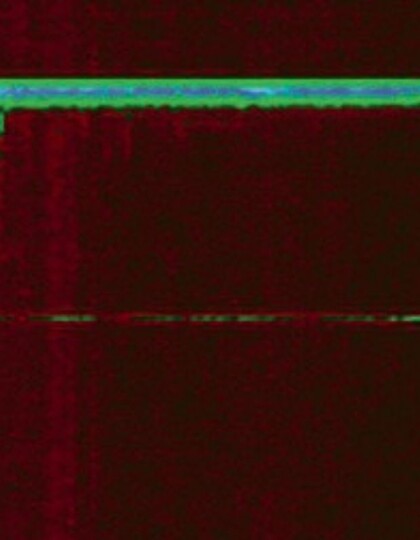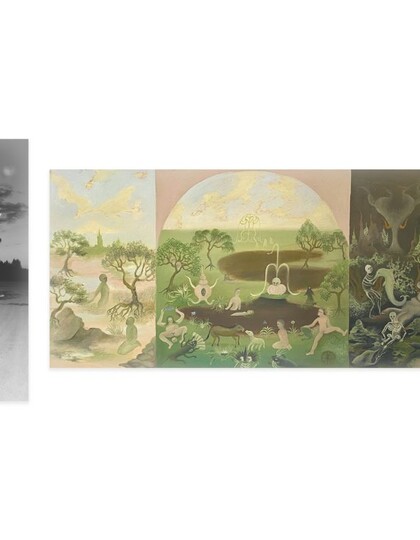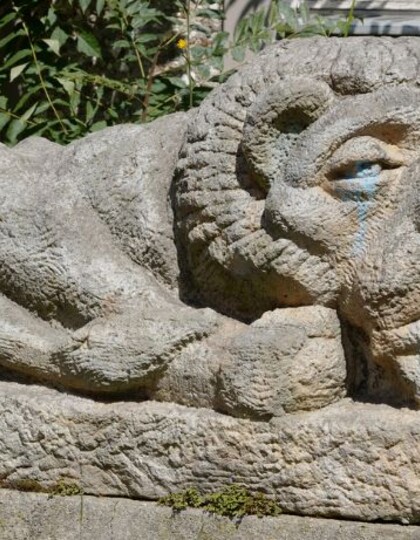03.09.2025 to 17.11.2025 - MQ Pop-Up Schauraum
MQ Artist-in-Residence Šimon Chovan: Leeching States
FREE ENTRY, ART
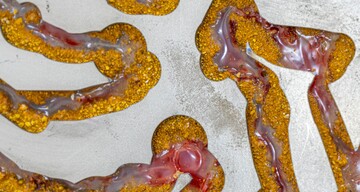
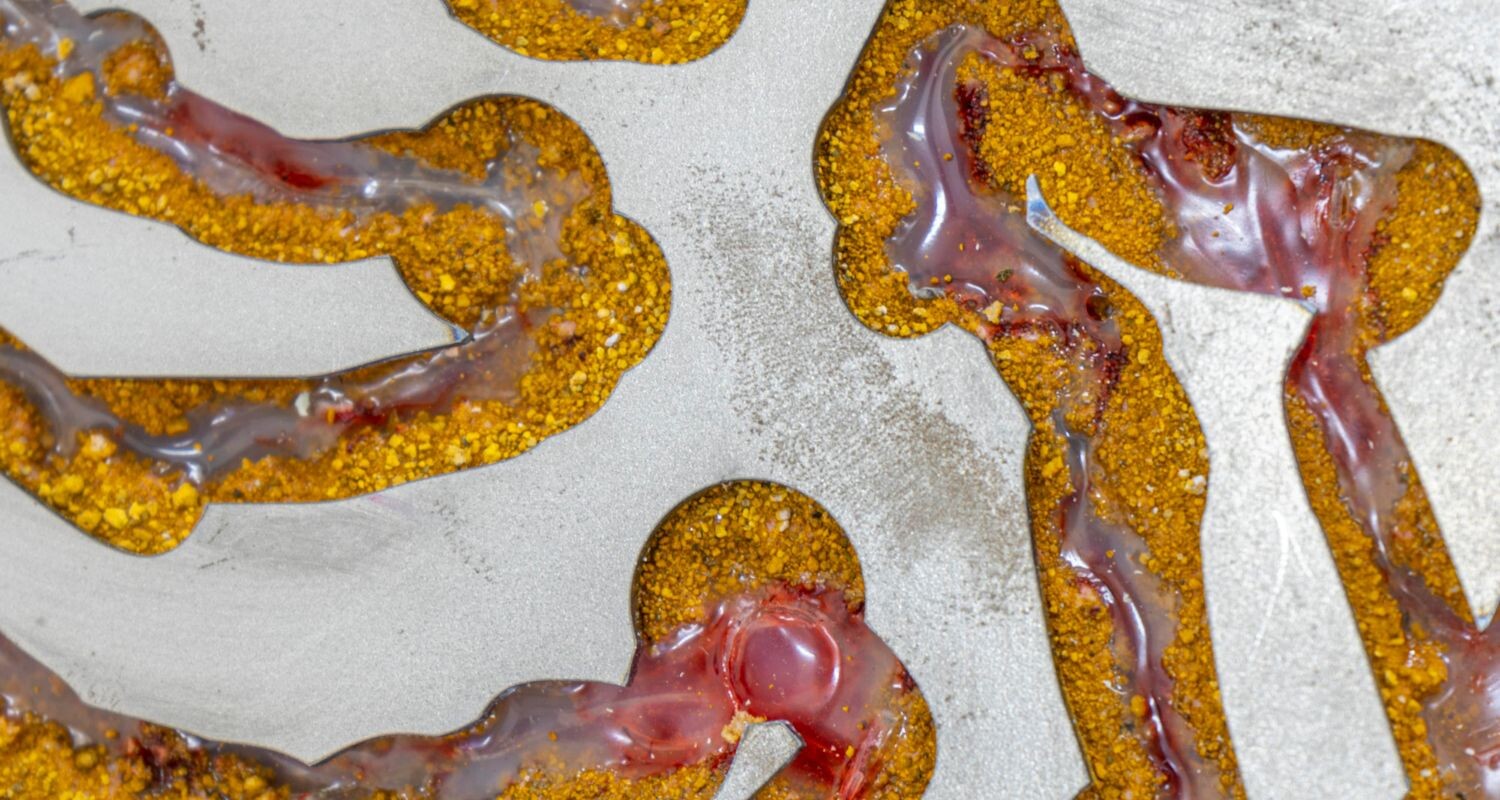
MQ Artist-in-Residence Šimon Chovan: Leeching States
04.09. – 17.11.2025
MQ Pop-Up Schauraum | MQ Schauräume
Free entry
During Šimon Chovan’s residency at the MuseumsQuartier Vienna, he conducted research into lithium, the earth’s lightest metal and a critical raw material in the manufacture of computer chips and batteries for electric vehicles. Chovan renders the links between raw materials and technology visible in his installation Leeching States at the MQ Pop-Up Schauraum.
Chovan draws here on two mixtures of substances containing lithium that stand at the beginning and end of the chain of lithium processing. The first of these materials is extracted from mines in the eastern Ore Mountains, at the border between the Czech Republic and Germany, and consists of lithium mixed with mica minerals and sand. The second is the residue from the recycling of lithium-ion batteries sourced from a research group at Jan Evangelista Purkyně University, located not far from the future mining site in Cínovec. This residue consists of paper, zinc, copper and very small traces of lithium. Leeching States uses these two substance mixtures to engage with the problematic impacts and ethical issues that arise with the extraction and use of lithium, a limited natural resource.
The two-dimensional work displayed on the glass frontage is overlayed with fragments of a yellow thin, flexible polyimide foil. Due to its exceptional electrical, thermal, and mechanical properties, this foil is often used in the fields of electronics, aeronautics, and medical technology. Each side of the transparent surface is coated with one of the two substance mixtures.
The three suspended sculptures in the Pop-Up Schauraum are specially adapted versions of works from Chovan’s Metabolic Intuition series. They consist of stencilled shapes on sheet metal with a backing of black steel and residue from recycled car batteries. These newly created sculptural works explore the processing, melding, and layering of raw materials—and illustrate to what extent nature and new technologies are interwoven.
As an indispensable component in the production of digital devices, lithium forms the basis of the technology behind global networks and modern communication. It is the power driving ambivalent tendencies in online behaviours and the use of social media: It allows the spontaneous sharing of positive emotions but also promotes increasing social polarisation by fuelling disputes on controversial issues.
The works on display are manifestations of these areas of friction and polarisation. In schematic diagrams, the language of circuitry and computer chips is mixed with a subjective aspect. Moreover, they address the issue of environmental pollution on a physical, visual, and formal level, with their shapes evocative of satellite images of mines, oil spills, or dried-up lakes. With his penchant for pareidolia, Chovan recognises patterns and meanings where there are none, thus playing with our own perception, with associations and interpretations.
Curated by Elisabeth Hajek
Šimon Chovan, born in 1994 in Banská Štiavnica, Slovakia, is a visual artist currently living in Vienna and Amsterdam. He studied at the Sandberg Instituut in Amsterdam, at the Royal Academy of Fine Arts (KASK) in Ghent, and at the Academy of Fine Arts and Design in Bratislava. His most recent solo and dual exhibitions include Dendrites & Tissues at the Galerie TIC in Brno (2024) and The New Wounded at Prague’s Holešovická Šachta Gallery (together with Laura Gozlan, 2023). He has also participated in numerous group exhibitions at venues such as Staffordshire St in London, Kunsthalle Wien and EXILE in Vienna, Kunsthalle Bratislava, Kunstverein Eisenstadt, Loods6 in Amsterdam, Greenfield Project Space in London, and MeetFactory in Prague.
Lithium is one of the world’s most sought-after raw materials. It is an essential component in the rechargeable batteries used in smartphones and tablets, as well as for electric-cars batteries, each of which requires around ten kilograms of lithium.The largest deposits of lithium are found in Chile, Australia, and China. Due to constantly growing demand and rising prices, there is an increasing effort in the EU to mine lithium in Europe as well. The lithium deposits in the north of the Czech Republic, in Cínovec, for example, are scheduled for future extraction. Until the 1990s, ore was still being disposed of there as waste. However, the extraction of lithium, a limited resource that is often found in regions of Europe with sensitive ecosystems, poses very significant ecological risks and socio-economic challenges. The chemicals used to treat the ore, for instance, contaminate the groundwater, which negatively impacts the drinking-water supply and safety of the local population and damages local biodiversity.
The processing of raw materials for the manufacture of batteries for electric vehicles poses major environmental challenges as well. The lithium for the rechargeable batteries in electric cars, for instance, passes through a series of procedures—from extraction to processing to assembly—that involve being transported vast distances. It was probably mined in Chile and sent to China for processing before being shipped to the US for final assembly. Even before lithium is used in electric cars for ostensibly environmentally friendly mobility, it is freighted around the world on ships, trains, or lorries, consuming enormous amounts of natural resources and resulting in high CO2 emissions.
The exhibition Leeching States is being held in cooperation with tranzit.org/ERSTE Foundation.
Photo © Viliam Ondo
